Why would this be the case? Well it may be that dominant males are less tolerant of unrelated males, as they are more likely to compete with them for reproductive opportunities. Related males in pied babbler groups tend to be father and son (with dad being dominant), although it can be the case that one brothers holds the dominant position while the other is subordinate. But why would sticking around as a subordinate be better? Surely it pays to leave quickly and get a dominant position elsewhere, so you yourself can breed. However, gaining dominance is not that easy, vacancies are not that easy to come by and you have to be a pretty big and sexy male to just go and kick another male out of his group. Perhaps it is best just to stay in a group, build up your condition and wait for an opportunity, as going it alone is a very risky business for a babbler!
Nepotism and subordinate tenure in a cooperative breeder. Biology Letters
In many cooperatively breeding societies, subordinate individuals delay dispersal and independent breeding. The length of time that subordinates delay dispersal (subordinate tenure) is likely to have important implications for both subordinate and dominant fitness. However, quantitative comparisons of the subordinate tenure of males and females are rare, especially with respect to the presence of same- versus opposite-sex close kin. Here, we investigate subordinate tenure and how it is affected by the genetic relationship between subordinates and dominants in the cooperatively breeding southern pied babbler (Turdoides bicolor). We find that for males, longer subordinate tenures result in increased likelihood of attaining dominance. In the presence of an unrelated dominant male, tenure of subordinate males is significantly shorter, indicating nepotism among males. Female tenures are unaffected by the genetic relationship to either the dominant male or female. These results are some of the first to demonstrate that the sex of both the dominants and subordinates, and the genetic relationship between them, can have significant impacts on subordinate tenure and dispersal delays. Nepotism has likely played a vital role in the evolution of cooperative breeding in this species.

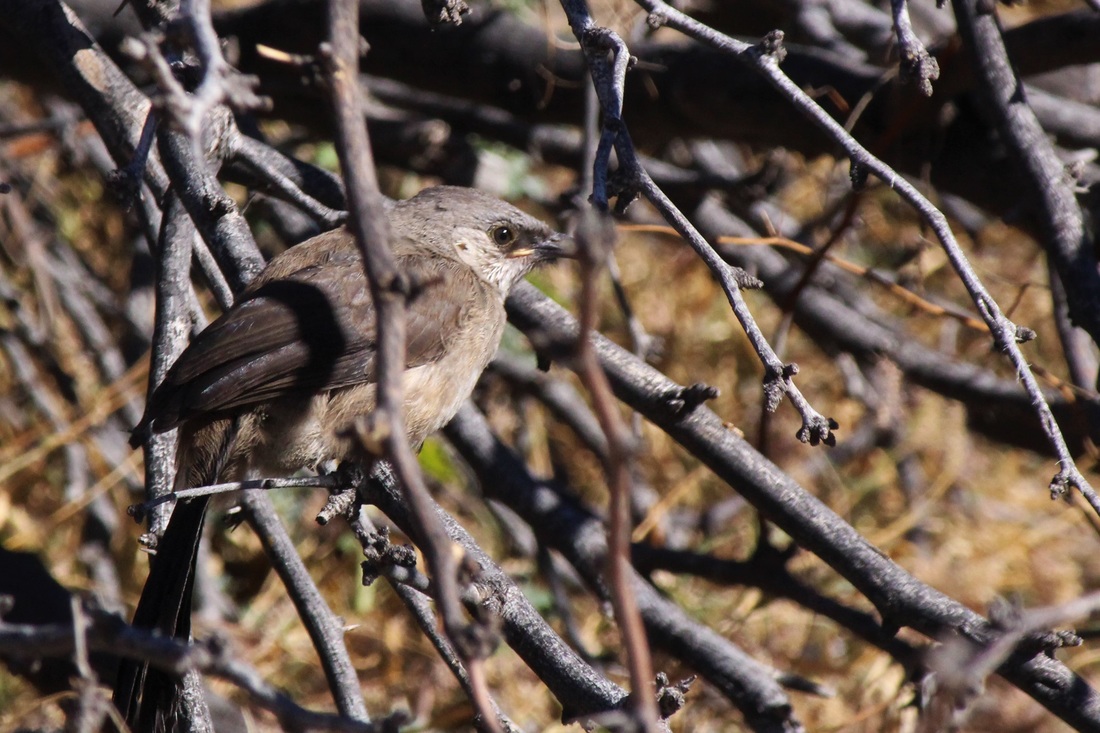
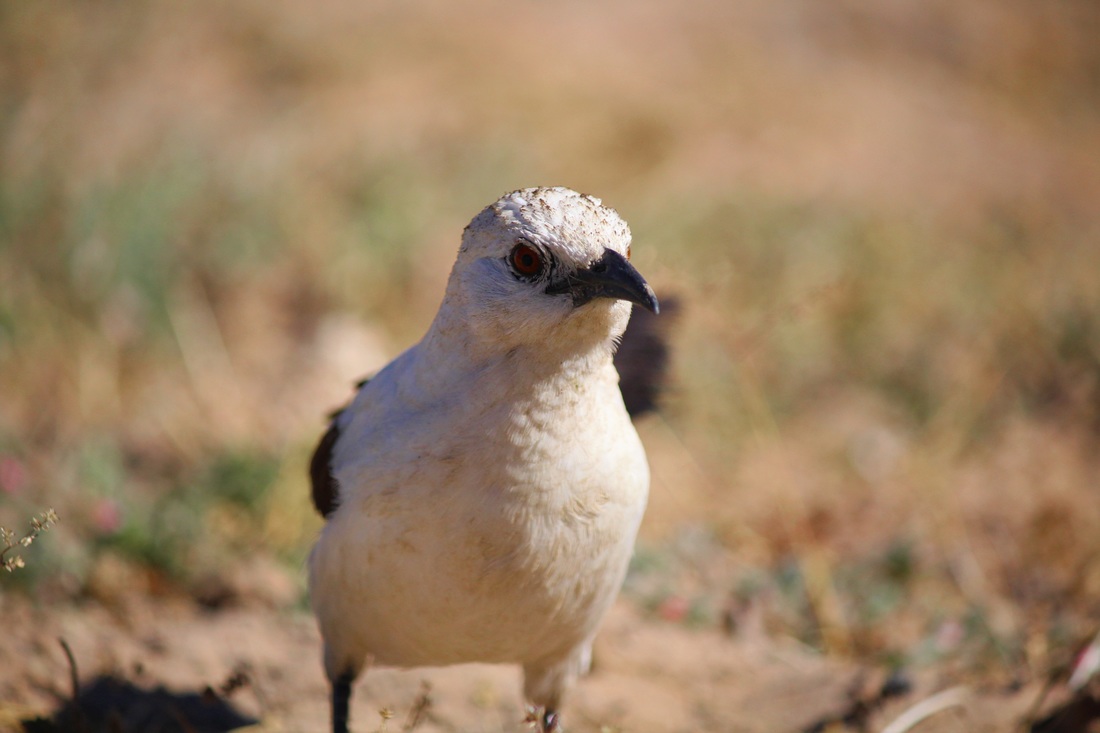
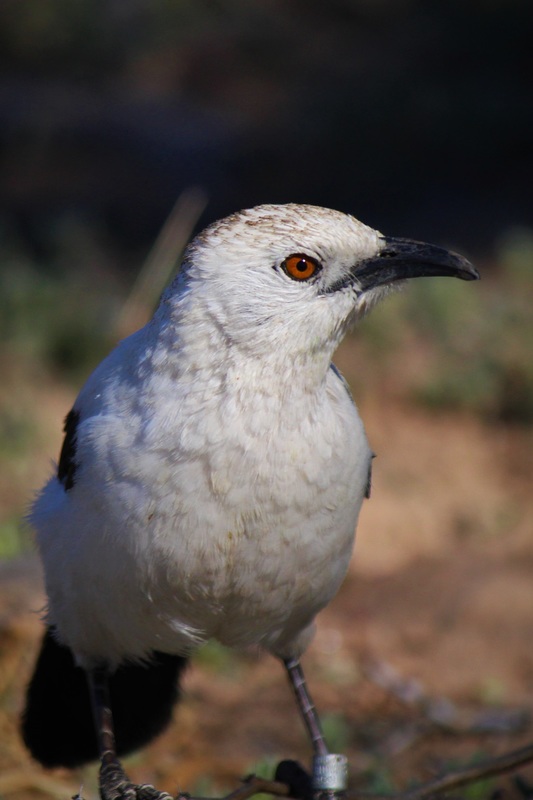
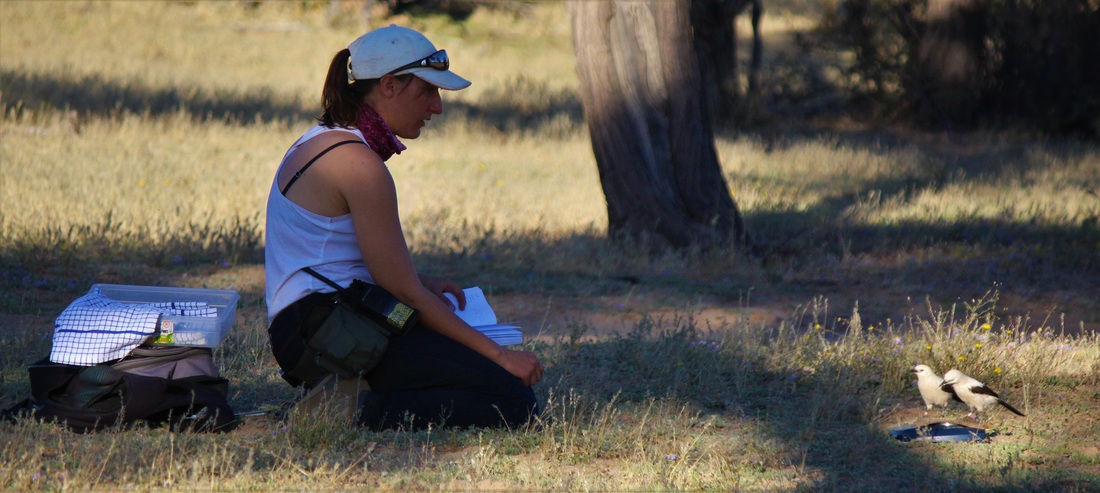
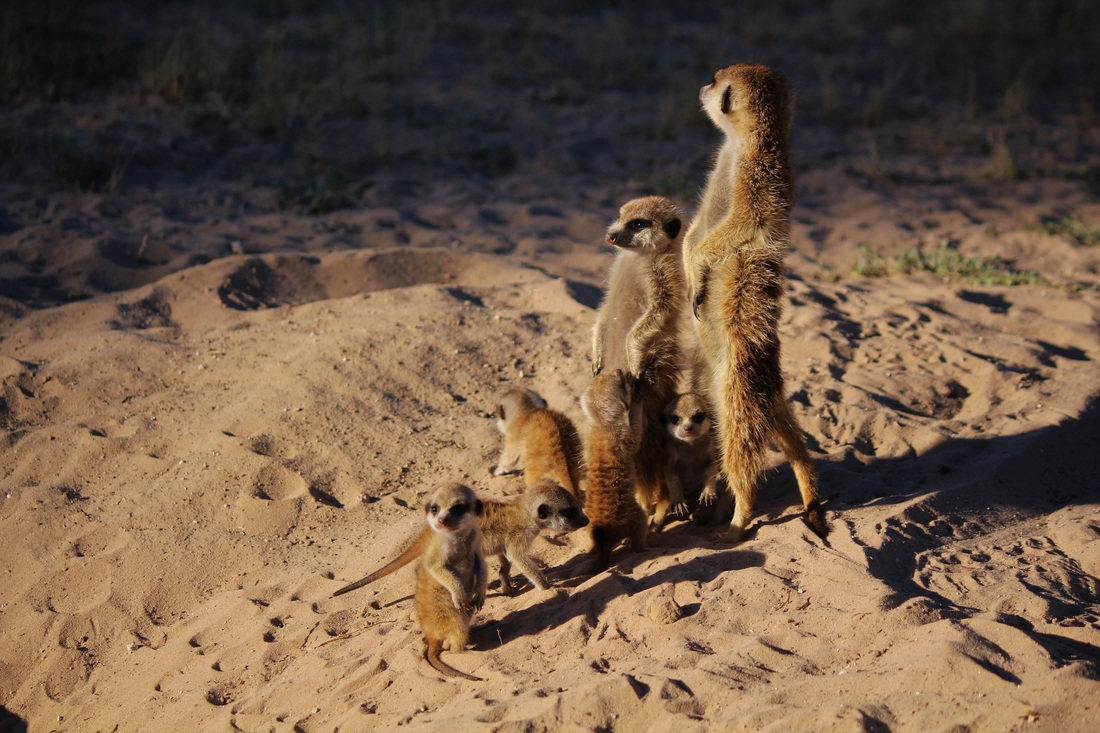
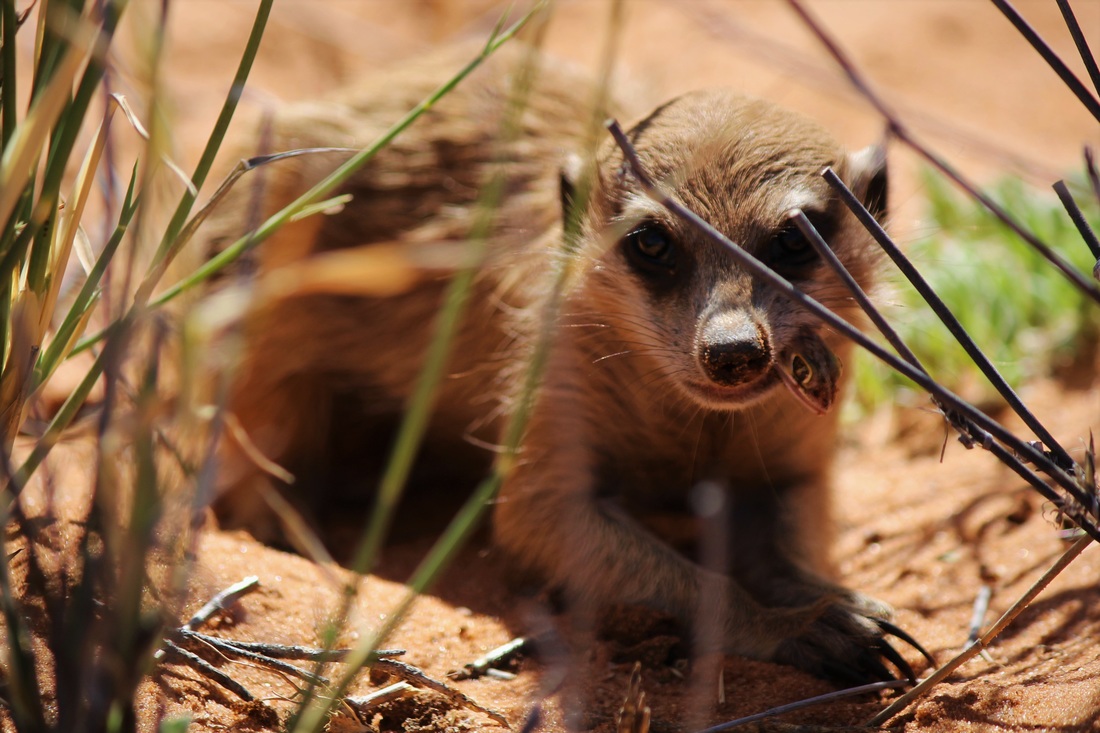
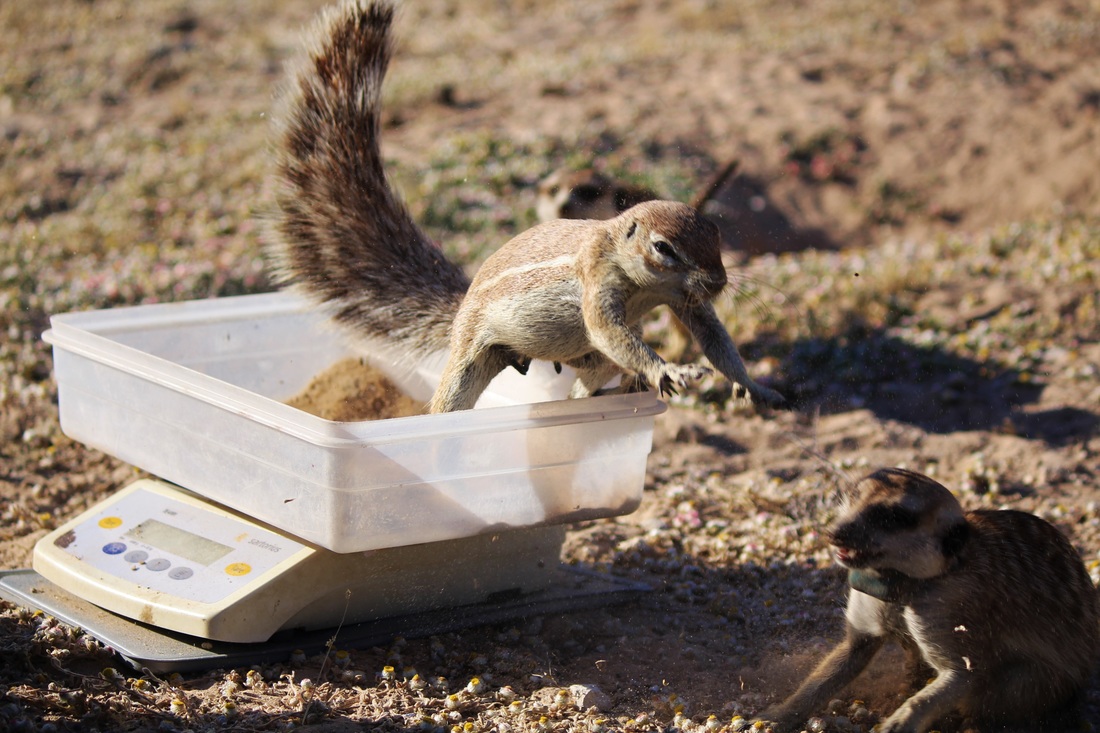
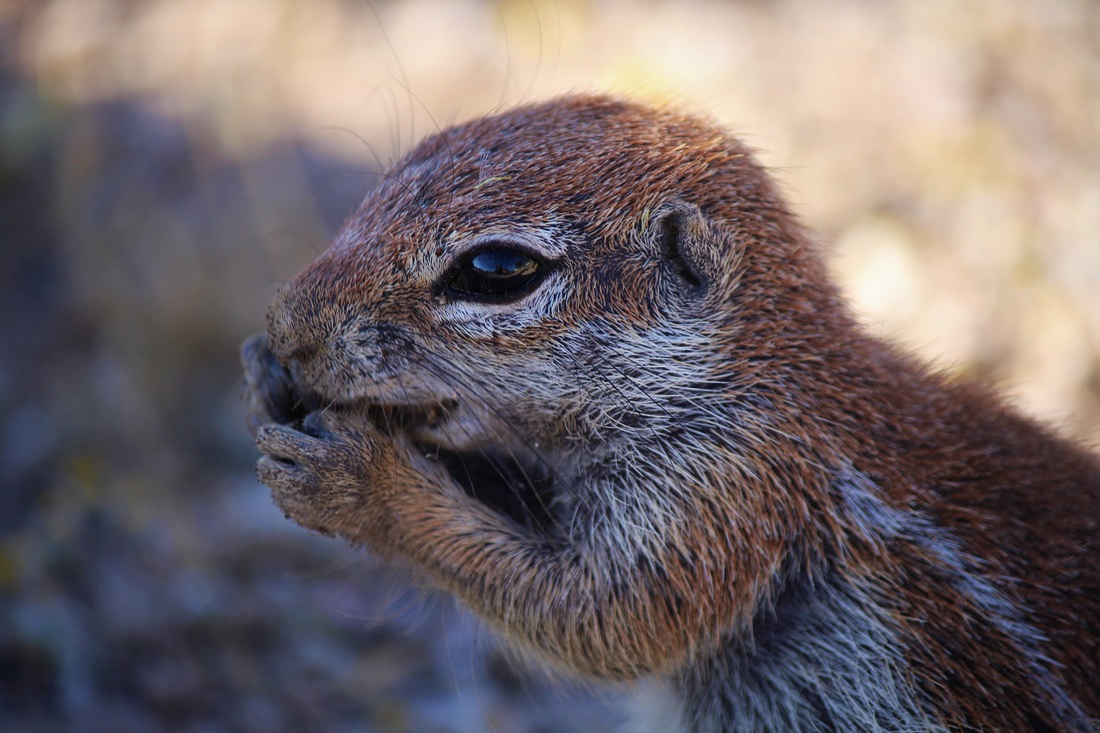
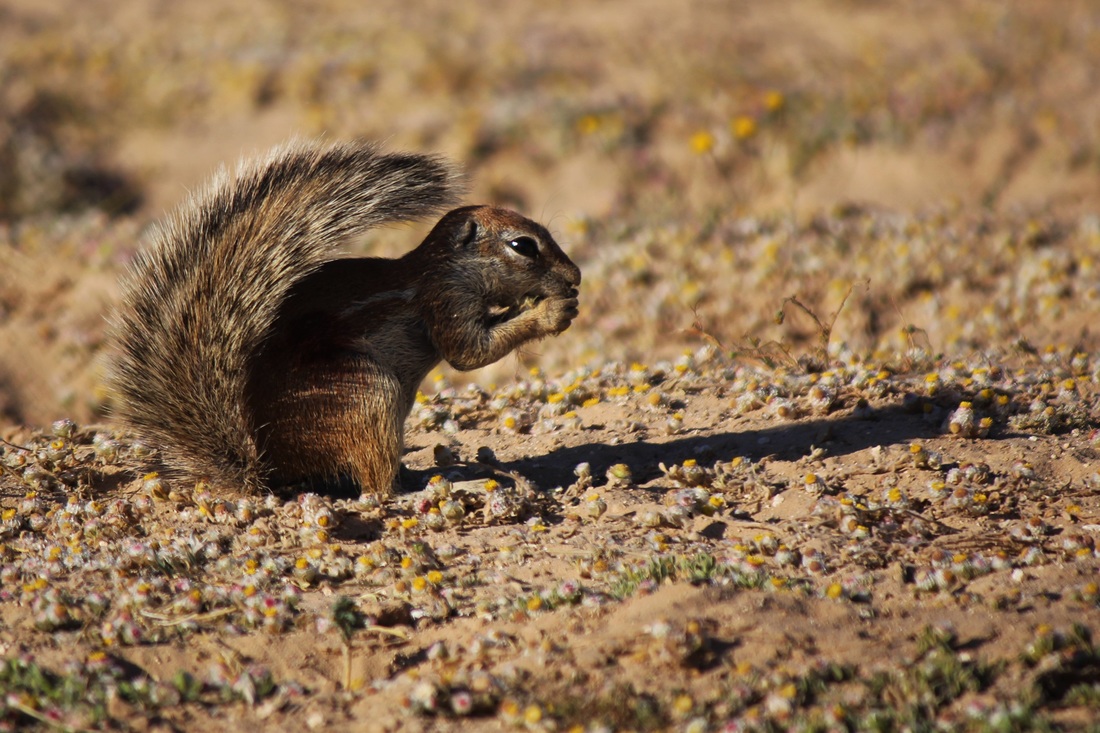
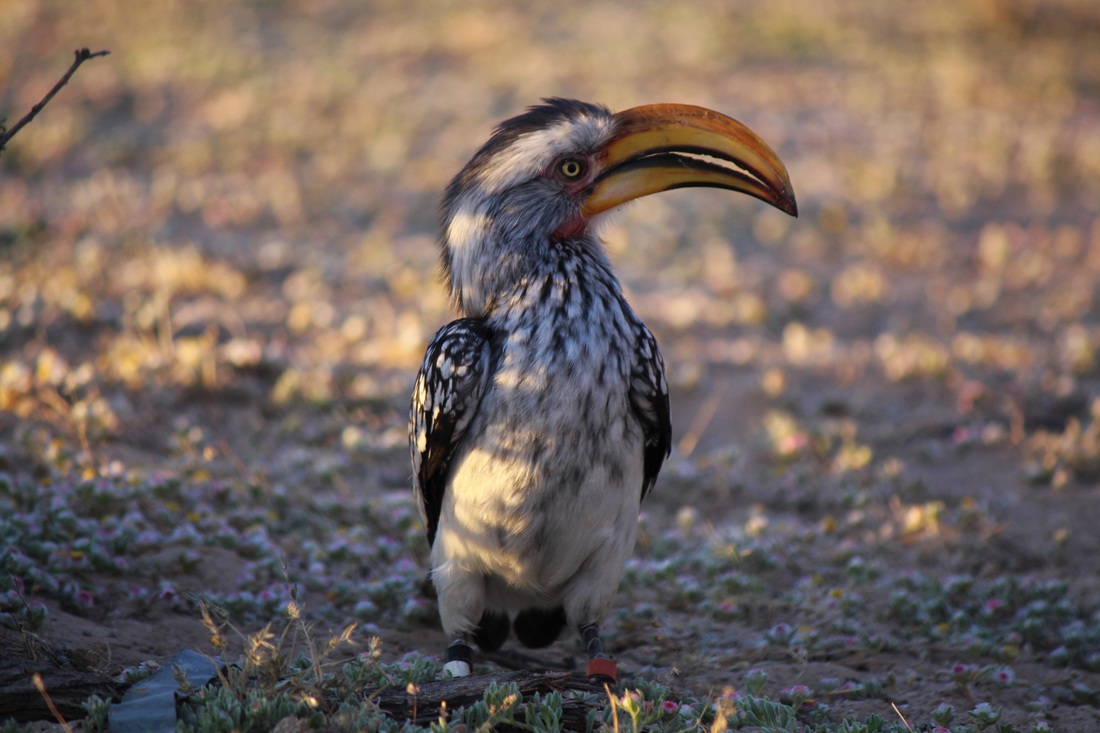
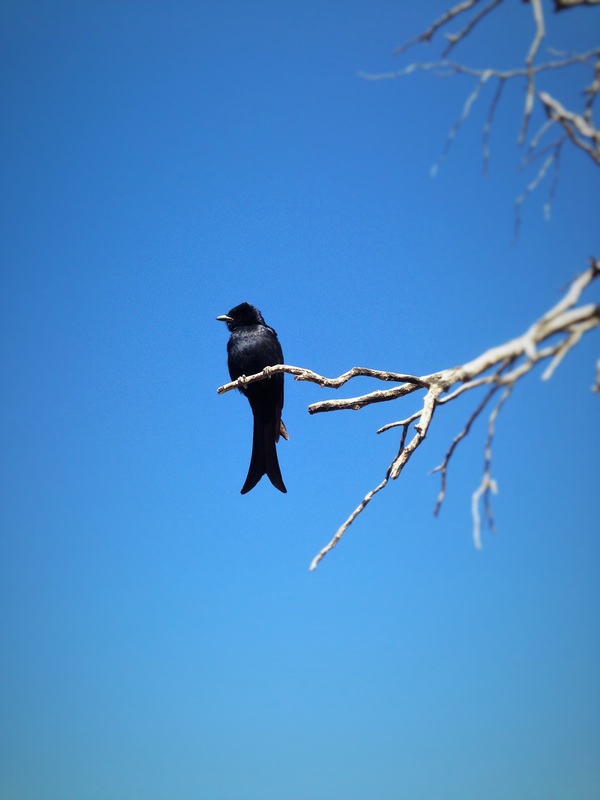
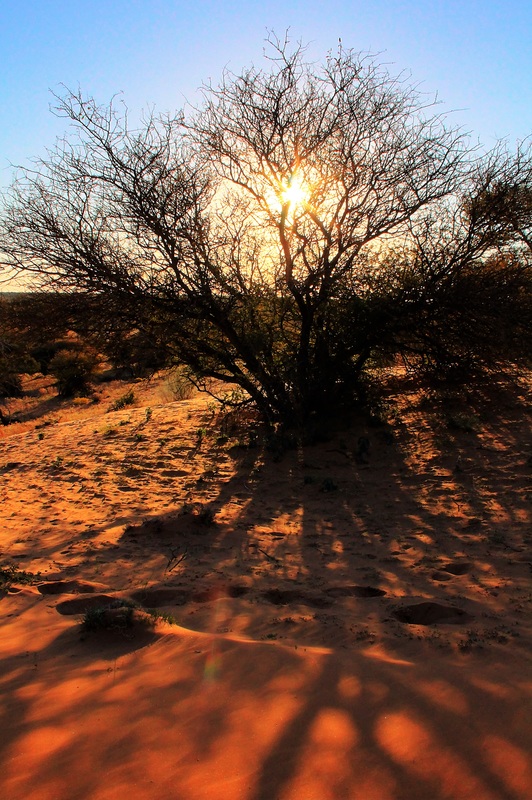

 RSS Feed
RSS Feed
